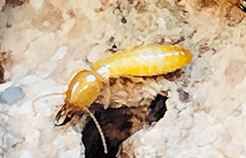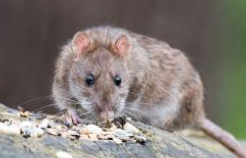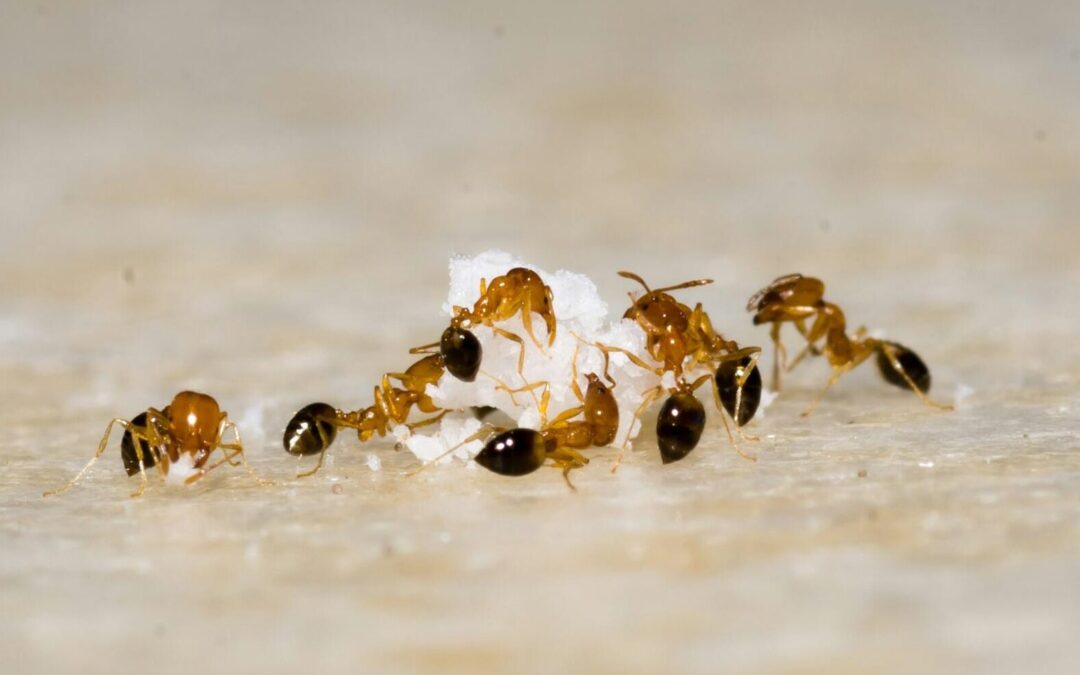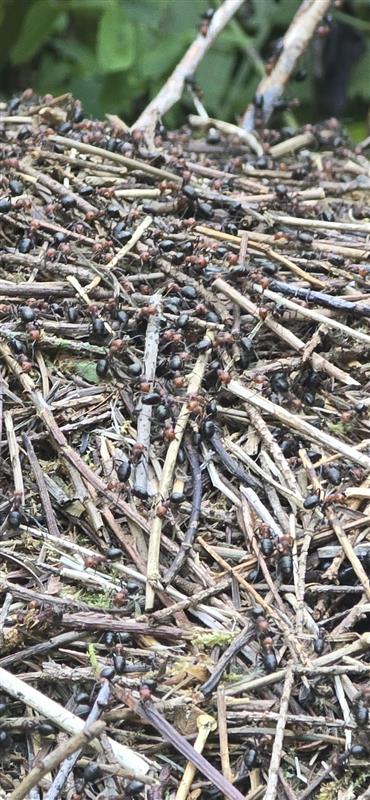That musty smell wafting up from the basement isn’t just bad ventilation. Moisture ants thrive in exactly that kind of environment: hidden, humid, and ignored. You may not see them, but they’re quietly tunneling through softened wood and expanding their turf with every soggy day that passes.
Moisture ants don’t show up without reason, they’re nature’s flashing red light that something deeper is wrong with your home’s moisture control. And ignoring them isn’t an option unless you’re into structural damage and unexpected repairs.
How do you pull it off?
Let’s go through how to get rid of moisture ants.
What Attracts a Moisture Ant Infestation?
Moisture ants don’t just show up randomly. They follow very specific cues that cause major problems for DIY ant removal. If they’ve found their way inside your home, it means something about the environment is signaling an open invitation. The number one attractant?
Water. These ants are drawn to areas where moisture is persistent, especially when it’s combined with decaying wood, soggy insulation, or soft soil.
Inside the home, that could mean anything from a slow drip under the kitchen sink to condensation forming around basement windows.
Even a small plumbing leak behind a wall can create the kind of damp conditions that make moisture ants thrive. Over time, that moisture weakens structural materials like beams or wall studs, which creates ideal nesting zones for these insects.
Outside:
- Poorly draining gutters
- Leaky hose bibs
- Mulch packed too close to the foundation
- Rotting wood decks
- Tree stumps
- Landscape timbers
Can keep soil and siding damp enough to encourage a colony to set up shop. Rotting wood decks, tree stumps, and landscape timbers also become easy targets, especially after the rainy season or in shaded areas where the sun can’t dry things out.
Ant Extermination Tips: Dry Everything
Moisture ants live for the damp. The faster you remove the humidity they depend on, the faster you stop the infestation in its tracks. Drying out your home isn’t just cleanup-it’s eviction.
Start with the usual suspects:
- Crawl spaces
- Basements
- Under sinks
- Behind toilets
- Around water heaters
Use a moisture meter if needed. If wood or drywall feels soft or smells musty, that area needs immediate attention. Set up fans and dehumidifiers in closed off or poorly ventilated spaces to speed up the drying process. In severe cases, structural materials like insulation or subflooring may need to be pulled and replaced.
Outside, the goal is to cut off water before it ever reaches your foundation. Redirect downspouts away from the house, regrade landscaping if water pools near the structure, and avoid stacking mulch, firewood, or soil directly against siding. These materials trap moisture long after rain ends and create ideal nesting conditions for ants.
Remember, even small oversights (such as a dripping outdoor spigot or a clogged vent screen) can keep things damp enough for ants to stay comfortable. Drying isn’t a one-and-done job. It’s a full sweep of your indoor and outdoor environment, with a zero-tolerance policy for leaks, drips, and dark, damp hiding spots.
Hiring The Right Experts for Preventing Moisture Ants
Moisture ants are a warning sign, not just of a pest problem, but of a deeper issue with your home’s structure or drainage. That’s why hiring the right team to handle prevention isn’t just a convenience.
It’s a smart investment in your property’s long-term health. Not every pest control company takes the time to track the root cause, and without that step, the ants always come back.
A trusted expert does more than spray and go. Look for a provider who combines pest treatment with home diagnostics. They should be checking crawl spaces for signs of water intrusion, using moisture meters to detect hidden leaks, and inspecting structural wood for rot. Preventing moisture ants means addressing the conditions that attract them, not just treating the visible swarm.
The best pros take a multi-layered approach. That includes non-repellent perimeter treatments, strategic bait placement, and repair recommendations.
Monitor Everything
Once you’ve cleared the infestation, your next move is to stay vigilant. Moisture ants don’t disappear forever on goodwill alone. They’re opportunistic and quiet, which means they can sneak back in without much warning if conditions turn favorable again. Regular monitoring isn’t optional, it’s how you ensure the colony stays gone for good.
Start with the areas that had previous issues. If your bathroom once had a leaky pipe or your crawl space struggled with poor ventilation, those spots should be inspected often. Get used to checking baseboards, windowsills, and corners where moisture might collect. Run your hand along painted surfaces and drywall to catch soft spots or hidden dampness before it escalates.
In basements or attics, grab a flashlight and take a close look around pipes, beams, and insulation. Even just a few wandering ants can be a sign that something deeper is brewing. Outside, walk the perimeter of your home and look for signs of ant trails, disturbed soil near the foundation, or spots that stay damp longer than they should after rain.
A fresh swarm of winged ants near a window isn’t just an annoyance, it’s a blinking red light. Even discarded wings alone tell you a colony may be forming or regrouping nearby. Moisture ants don’t usually nest far from where they forage, so if you spot movement indoors, there’s a good chance the source isn’t far off.
How to Get Rid of Moisture Ants: Now You Know
How to get rid of moisture ants? With the right help, it’s not that tricky. Use this info, and you’ll be ant-free in no time.
Moisture ants aren’t just a nuisance; they’re a red flag for bigger problems in your home. At Eastside Exterminators, we’ve been protecting families in the Pacific Northwest since 1969, combining decades of hands-on local experience with cutting-edge SMART technology to stop infestations before they spread. If you’ve spotted swarms or soft wood, now’s the time to act.
Call us today to schedule an inspection and let our family protect yours-before a minor pest problem turns into major damage.

 (425) 318-7912
(425) 318-7912
 MY ACCOUNT
MY ACCOUNT
 425-318-7912
425-318-7912









